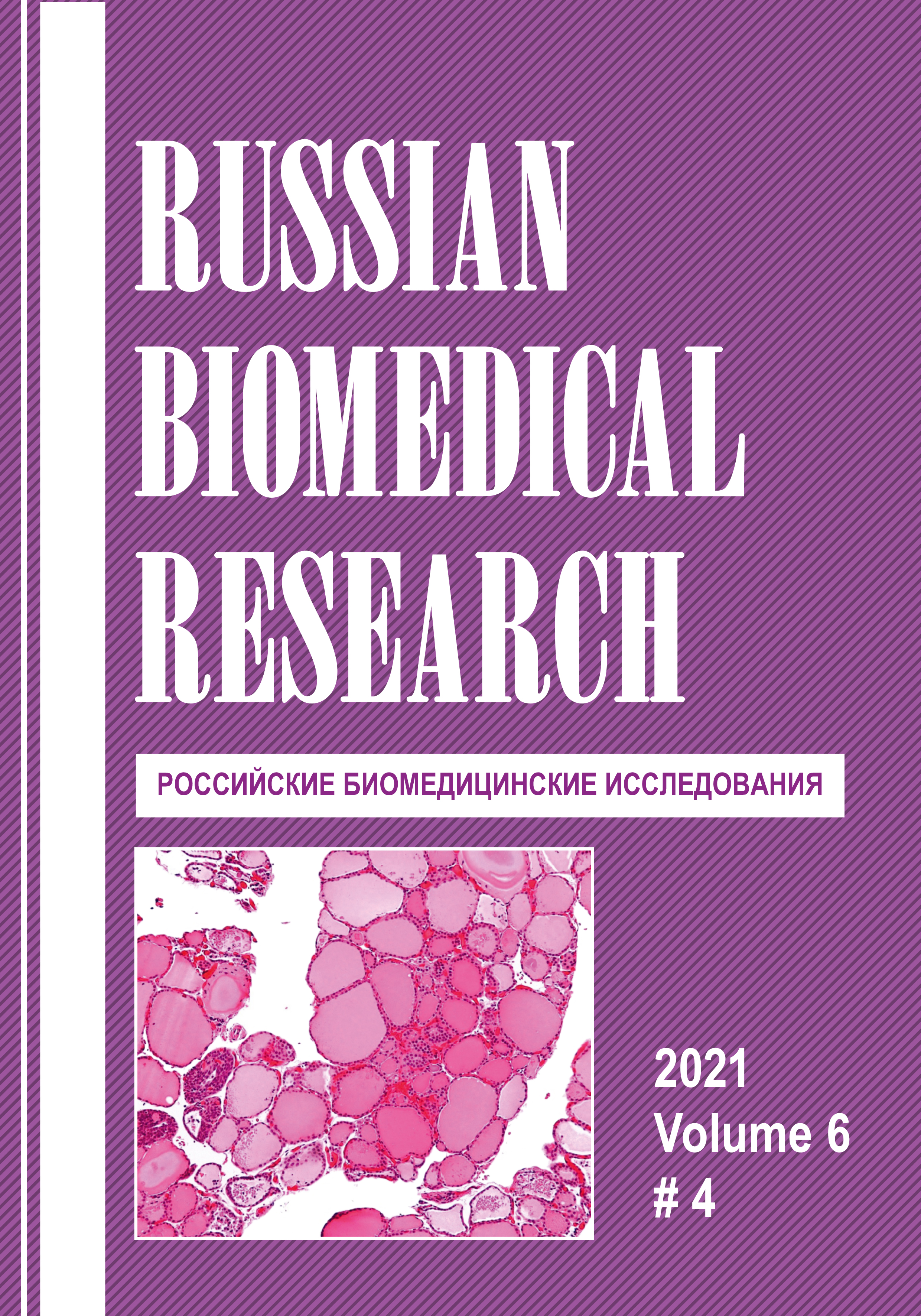PATHOPHYSIOLOGIC FEATURES OF MASSIVE HEMORRHAGE IN GYNECOLOGY AND OBSTETRICS
Abstract
Currently, according to WHO experts, more than 500,000 women die annually from complications of pregnancy and childbirth in the world. Massive bleeding is still the main cause of 75 % of maternal mortality. With a physiologically proceeding pregnancy, changes in the hemostasis system are observed, directed towards hypercoagulation - this refers to the manifestations of the general circulatory adaptation of the pregnant woman’s body to the gestational process. However, these physiological changes create a background for disruption of adaptive mechanisms in any critical situation during pregnancy and childbirth. Possible causes of bleeding in obstetric practice are: termination of pregnancy of all terms, premature detachment of a normally located placenta, placenta previa, rupture of the uterus, rupture of the soft birth canal during childbirth, hypotonic bleeding in the early postpartum period, as well as hereditary and acquired defects of the hemostasis system. Based on the accumulated extensive practical experience on this topic, a comparative analysis of clinical recommendations for the management of postpartum bleeding by four leading organizations was carried out: the American College of Obstetrics and Gynecology, the Royal Australian and New Zealand College of Obstetricians and Gynecologists, the Royal College of Obstetricians and Gynecologists (RCOG) and the Canadian Society of Obstetricians and Gynecologists. The review presents up to date data on the etiology, pathogenesis, clinical manifestations, diagnosis and modern methods of treatment of obstetric bleeding.



